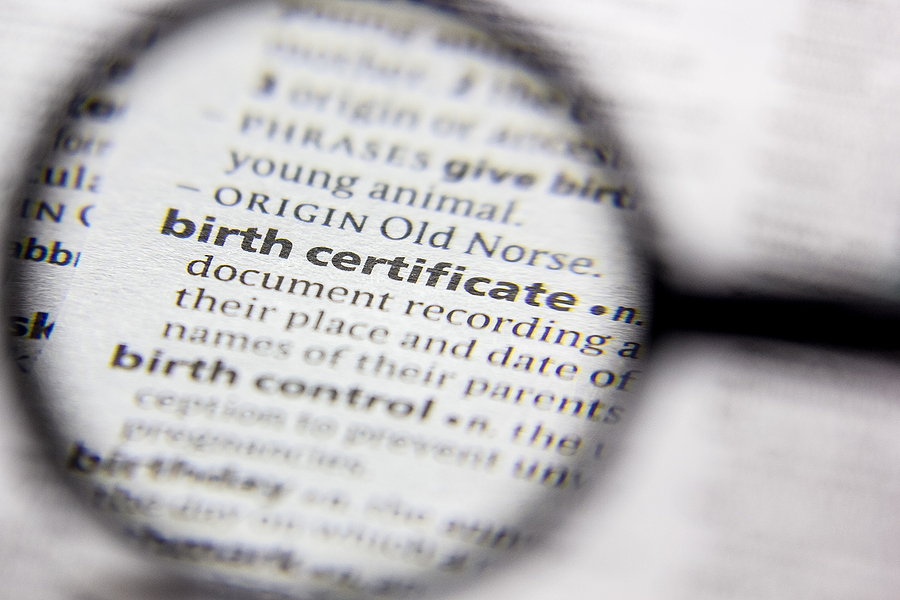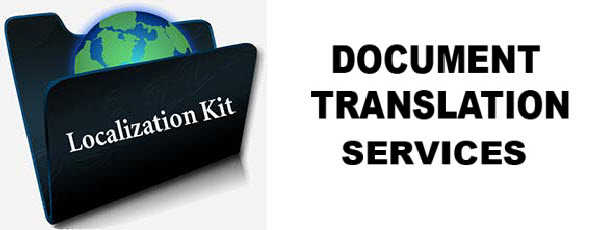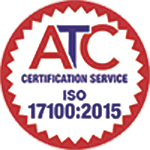Quick Quote
Archives
- November 2023
- October 2023
- September 2023
- August 2023
- July 2023
- June 2023
- May 2023
- April 2023
- March 2023
- February 2023
- January 2023
- December 2022
- November 2022
- October 2022
- September 2022
- August 2022
- July 2022
- June 2022
- May 2022
- April 2022
- March 2022
- February 2022
- January 2022
- December 2021
- November 2021
- October 2021
- September 2021
- July 2021
- June 2021
- April 2021
- March 2021
- February 2021
- December 2020
- October 2020
- August 2020
- July 2020
- June 2020
- May 2020
- April 2020
- March 2020
- February 2020
- January 2020
- November 2019
- October 2019
- September 2019
- August 2019
- July 2019
- June 2019
- May 2019
- April 2019
- March 2019
- February 2019
- January 2019
- December 2018
- November 2018
- October 2018
- September 2018
- August 2018
- July 2018
- June 2018
- May 2018
- April 2018
- March 2018
- February 2018
- January 2018
- December 2017
- November 2017
- October 2017
- September 2017
- August 2017
- July 2017
- June 2017
- May 2017
- April 2017
- March 2017
- February 2017
- January 2017
- December 2016
- November 2016
- October 2016
- September 2016
- August 2016
- July 2016
- June 2016
- May 2016
- April 2016
- March 2016
- February 2016
- January 2016
- December 2015
- November 2015
- October 2015
- September 2015
- August 2015
- July 2015
- June 2015
- May 2015
- April 2015
- March 2015
- February 2015
- January 2015
- December 2014
- November 2014
- October 2014
- August 2014
- July 2014
- June 2014
Localization Kits are Vital for Documentation Translation
Many clients who are new to document translation may not be aware of the need for the correct format for their documents if they require a quotation in advance. There are some clients who may think that all they have to do is upload their documents and everything will be returned to their satisfaction without anything else needed. However, the reality is a little different. If you, as a potential client need an accurate quotation for your document translation, then you should provide a complete set of information and resources so that the translation services provider or proofreading services provider can make an accurate assessment of your needs.
The name for this set of information is a “localization kit” and it is vital for accurate document translation. Generally, there are three sets of resources which you may or may not have as a customer. Basically, these resources are the same ones as you would provide for the full translation itself. They include the source documents or files i.e. those you want translated; any glossaries or style guides that you or your company uses for translation and translation memory (TM) for your documents. Source document may be text, spreadsheets or images (graphics) but basically the main requirement is that they are in an editable format. This means formats like MSWord or any equivalent word-processed text, PowerPoint files and so on. Avoid providing uneditable formats like PDFs, unless they are accompanied by the source file from which they are derived. The main problem with a PDF as far as the translation provider is concerned is that it is not possible to gauge the word count so that a quotation can be prepared; similarly, TM leveragability cannot be properly assessed for the same reason. Many companies which require a lot of translation services prepare their own glossary and / or style guide. The benefits of these are that the language used, both in the original documents as well as the translated versions can be standardised, making interpretation much easier as well as reducing the time for translation itself. The glossary and style guides also take into account localization, i.e. any nuances in language that help in translation understanding in the target market or the destination for which the documents are intended. Glossaries and style guides can usually be prepared by the translation services provider as an additional service if you do not have either of these two already developed. Translation memory can be very useful for any company that needs document translation on a regular basis. It matches regularly used words and phrases with those in the target language or languages and is stored for later use. Again this is a service that may be provided by the translation provider, but generally any translation software files are regarded as the property of the customer.
Post navigation
← Previous Next →
Related Posts

Medical Report Translations can be a Challenge
July 23, 2015
Most translations of medical reports can be a challenge, especially if the report comes in..
View More
How You Should Ensure You Get the Medical Translation Service You Really Want
June 30, 2015
Few people would disagree that medical documents must be translated absolutely accurately, whether they are..
View More








Leave a Reply